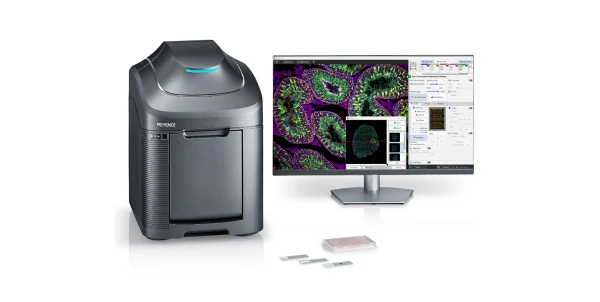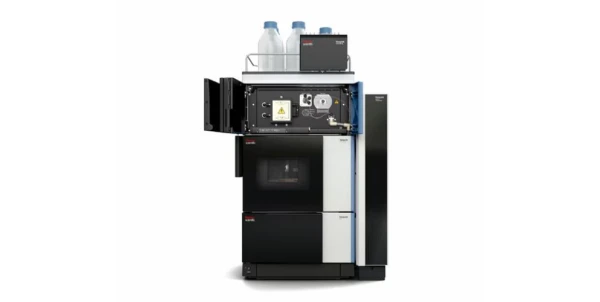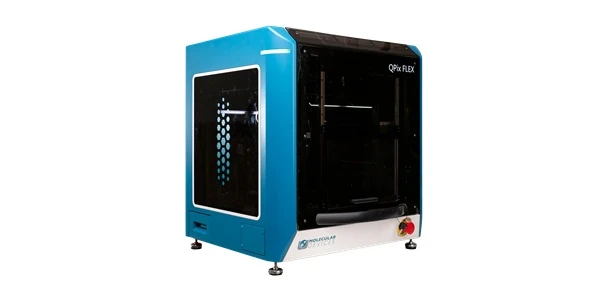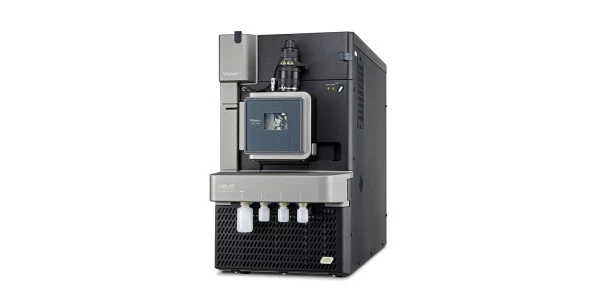The Novel Technology of the Thermo Scientific Orbitrap Astral Mass Spectrometer
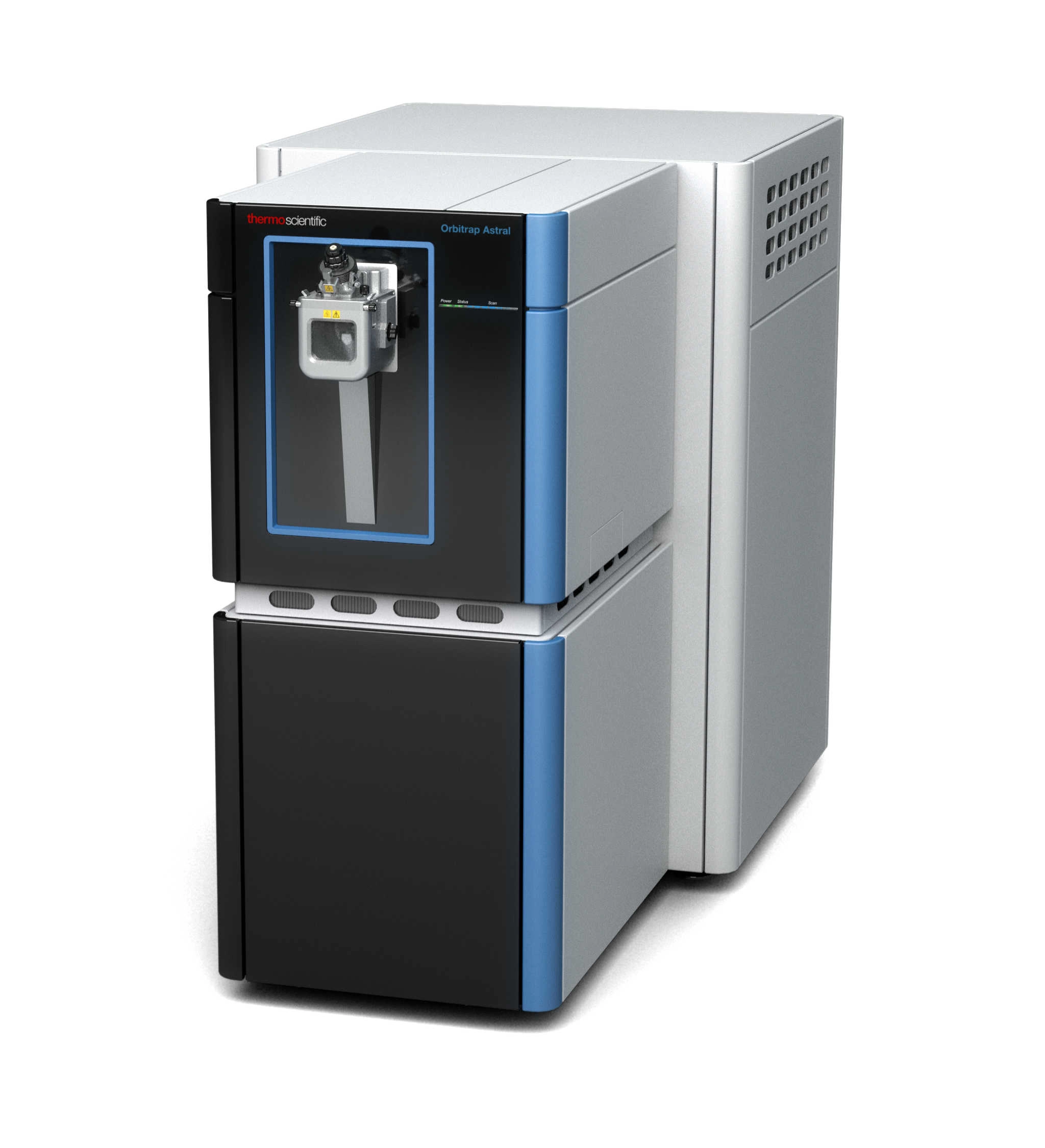
“The Orbitrap Astral mass spectrometer combines the time-tested Thermo Scientific™ Orbitrap™ analyzer technology that has really driven the field of proteomics with high resolution and high dynamic range measurements over the past 15 years, with the novel Thermo Scientific™ Astral™ analyzer that is a perfect complement,” states Dr. Hermanson. “The Astral analyzer has high speed and sensitivity that are ideal for the rapid collection of MS/MS data with synchronized Orbitrap analyzer full scan data. Putting these two complementary analyzers into one instrument really unlocks the ability to do what they excel at in parallel to deliver unprecedented performance.”
How does the Astral analyzer work?
“The Astral analyzer is a completely novel analyzer that builds on the principles of multiple other analyzers,” explains Hermanson. “Similar to an Orbitrap analyzer, it uses aligned ion injection, 3-dimensional ion focusing with a folded ion path, it provides high dynamic range, and it is a high-resolution accurate mass analyzer. Similar to an Ion Trap, the ion flux is regulated by Automatic Gain Control and has high sensitivity detection. Similar to a Time-of-Flight analyzer, it measures m/z by arrival time, uses nanoseconds-long pulsed ion detection, and has a very high acquisition rate.”

“The combination of these principles, along with the unique feature of nearly lossless ion transmission, enables high sensitivity (single ion detection), high speed (acquisition rates up to 200 Hz without the need for scan averaging), high dynamic range (over 1000:1 in a single microscan), and high resolution (80,000 at m/z 524) all at the same time!” exclaims Hermanson. “The Astral analyzer is an absolute leap forward in technology and performance characteristics.”
Why do you need both an Orbitrap and Astral analyzer?
“While the Astral analyzer provides incredible performance characteristics, the combination with the Orbitrap analyzer provides some incredible benefits,” replies Hermanson. “The Orbitrap analyzer has a very high dynamic range and resolution, making it ideal for full scan measurements and setting up data-dependent experiments such as TMT. The high resolution of the Orbitrap analyzer is also critical in applications such as Stable Isotope Labeling in metabolomics or intact and top-down proteomics, particularly with the addition of the BioPharma option that extends the Orbitrap analyzer mass range up to 8,000 m/z.”
What type of performance benefits does the Orbitrap Astral mass spectrometer deliver?
“We’ve really focused on 4 key areas where we see huge performance improvements,” explains Hermanson.
“The first is faster throughput and the ability to analyze over 180 samples per day (8 minutes injection-to-injection with just a 5.5-minute active gradient) to identify over 8,000 proteins. We recently collected data showing that with a 300 samples per day method (4.8 minutes injection-to-injection, 3.7-minute active gradient) we can identify nearly 7700 proteins. This is a huge breakthrough with a 4x improvement in the throughput with which our customers will be able to analyze their samples—without sacrificing the number of identified proteins.”
“The second is deeper coverage. Proteomics has long sought to measure the complete proteome, as has been the case for genomics and transcriptomics with next-generation sequencing technologies. The Orbitrap Astral mass spectrometer can reach a depth of over 12,000 proteins from a single-shot experiment in just 1 hour. Using multi-shot methods with high-pH fractionation, a depth of over 15,000 proteins can be achieved in just 4.5 hours. For the first time, we have the ability to measure essentially complete proteomes, and we can do this with a throughput of about 7 to 8 proteomes in one day, marking a huge milestone in proteomics to uncover more proteins in a shorter period of time.”
“Higher sensitivity of the Orbitrap Astral mass spectrometer is driven by nearly lossless ion transmission through the Astral analyzer, enabling the identification of over 5,000 proteins from 250 pg of HeLa lysate with double the throughput of current mass spectrometers. Low abundance samples and even low abundance proteins in high abundance samples require higher sensitivity instrumentation such as the new Orbitrap Astral platform.”
“Another key focal point of the Astral technology is accurate and precise quantitation,” states Dr Hermanson. “These above numbers are all incredible. What is most exciting, however, is that we’ve achieved them without sacrificing the accurate and precise quantitation that is required to find statistically significant changes. Using three proteome mixtures, we can find extremely small changes in complex mixtures—even as low as a ratio of 1.5 using label-free quantitation with data-independent acquisition (DIA). In these 500 ng three-proteome mixtures, over 13,700 proteins can be identified. 88% of these proteins have a CV less than 20% and 75% have a CV less than 10%, with median CVs between 4 and 5% for each of the mixed samples.”
Is the Orbitrap Astral mass spectrometer only for bottom-up proteomics?
“While we are focused mainly on the tremendous benefits of this instrument for proteomics, we are also really excited about the data we have generated on other applications,” Hermanson adds. “We’ve generated some fantastic data for BioPharma applications, including host-cell protein analysis and peptide mapping. This is in addition to some awesome new workflows for metabolomics, including a new one we call SQUAD (simultaneous quantitation and discovery) that combines untargeted and targeted acquisition into a single injection.”
“I’m really looking forward to continuing to work with both our internal teams and our outstanding collaborators to continue to develop even more applications and build upon our initial work to improve it. It is exciting to think about the many ways we can combine the power of the Orbitrap analyzer—that is already established across nearly every mass spectrometry application—with the Astral analyzer running in parallel at 200 Hz with extremely high sensitivity. This really changes how we can approach a whole host of challenges facing many applications today. We are excited to rethink what is possible with the Orbitrap Astral mass spectrometer, and it is amazing to see where we have gotten today and realize the journey is just beginning to an even brighter future.”
Summary
Though the glitz and excitement of the hospitality suite have gone, the Orbitrap Astral persists as a brilliant advancement certain to capture the interest of mass spec researchers pushing the proteomics frontier.
Published in
partnership with Thermo Fisher Scientific



